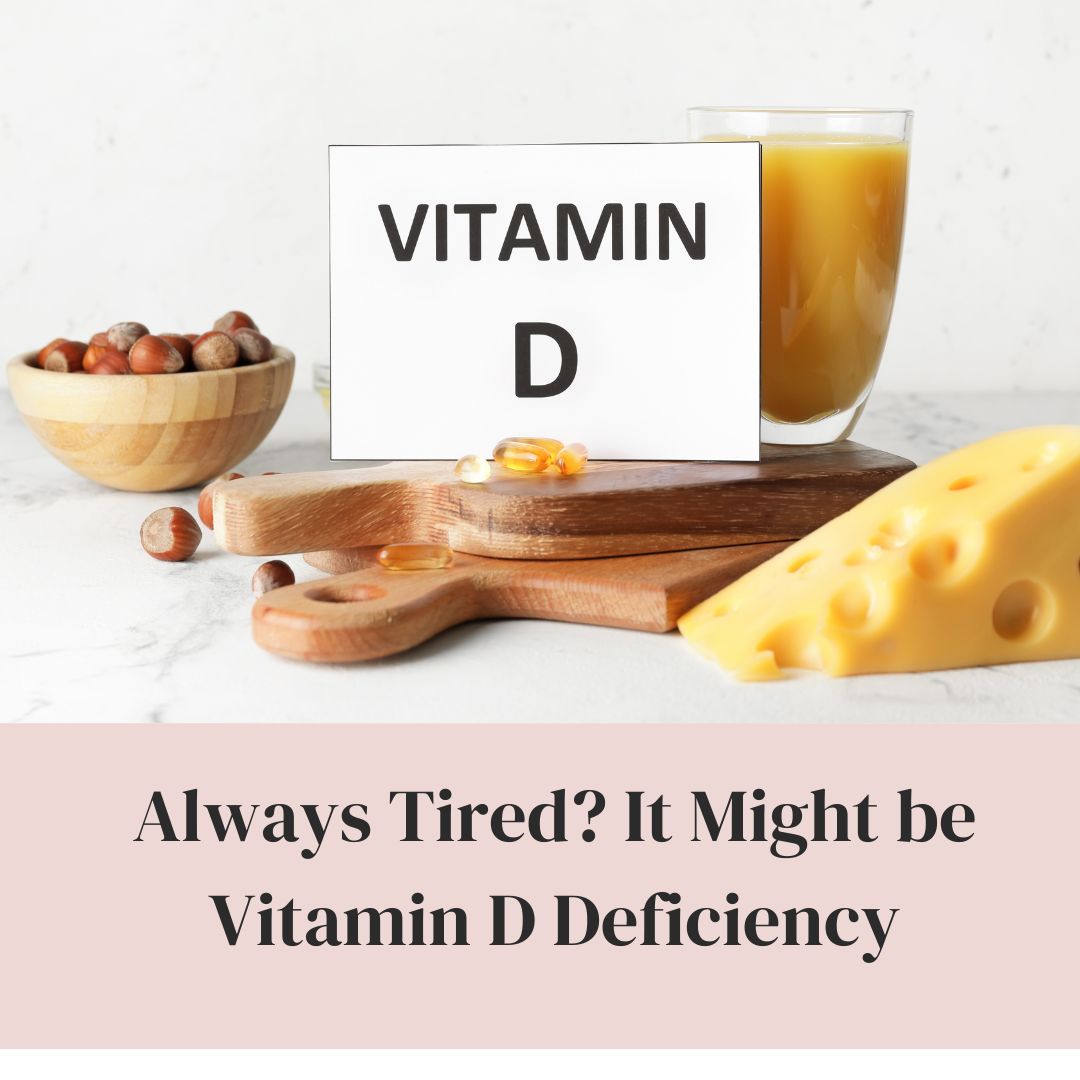
You drag yourself out of bed, already behind the day. Coffee helps—but doesn’t fix it. By 3 PM, your energy flatlines. You ask yourself: “Is this just stress? Or am I broken?”
That pounding fatigue. The brain fog. The endless yawns… they wear you down. You worry: “Am I missing something simple?” That doubt? Totally valid. Because sometimes the thing that knocks us sideways is the one we barely notice.
You’ve googled quizzes, tried green tea, slept earlier. But nothing changes. That exhaustion isn’t just in your head. It’s real. And it might not be about your schedule—it could be about your vitamin D.
A Must Read: Vitamin D Vs Vitamin D3: What is The Difference and Which One to Take? Find Out
Why No One’s Talking Loudly Enough About D3
We hear about vitamin D and bones. Maybe immune support during flu season. But energy? Brain function? Mood? That’s not on most morning smoothie labels.
So when your fatigue just won’t quit—you think: “What did I miss? Is this just ‘me’?” You deserve answers. Not gaslighting. Not being told it’s “normal adult life.” You’re tired of being tired. Plain and simple.
Low vitamin D3 is silent. It sneaks in slowly. You might not notice until it’s a fog that won’t lift. And that’s when the emotional weight hits: “What if I’ve been missing this my whole life?”
The Science: How Vitamin D3 Impacts Energy
Vitamin D3 isn’t just a micronutrient—it’s a hormone, produced when your skin meets sunlight. It interacts with over 1,000 genes. It affects:
- Mood & brain function
- Immune system strength
- Muscle growth & performance
- Inflammation regulation
And yes—energy.
Low D3 → fatigue.
Low D3 → slower muscle recovery.
Low D3 → brain fog, depression, low drive.
In other words, it hits all the major areas that influence your energy without you even realizing it.
Are You Probably Deficient? Signs to Watch
Here’s what low D3 often looks like:
- Chronic fatigue that doesn’t respond to nap or weekend sleep.
- Mood slumps—blue afternoons, irritability, low motivation.
- Muscle aches & weakness, even if you’re not exercising hard.
- Frequent colds or infections—vitamin D helps calibrate immunity.
- Hair loss or brittle nails—not just cosmetic, but biochemical.
Sound familiar? You’re not imagining it. You’re tuning into your body’s cries for help.
Why It’s Easier to Deficiency Than You Think
- You don’t make enough D3 from sun due to latitude, sunscreen use, or indoor life.
- Food only gives tiny D2 or D3 amounts—never enough.
- Supplements vary wildly in quality and dosage.
- And when you finally test low—doctors sometimes gloss over it, saying “Take 1,000 IU daily.” …without any follow-up.
So you take it. But the fatigue sticks around. Meanwhile you’re left wondering: “What’s wrong with me?”
What You Can Do About It—Starting Today
Step 1: Get Tested the Right Way
Ask for 25(OH)D—the gold-standard marker.
- Below 20 ng/mL = deficiency
- 20–30 = insufficiency
- 30–50 = optimal for most
Track it. Don’t guess.
Step 2: Supplement With Intention
For deficiency, dosages matter:
- 2,000–5,000 IU/day is common for moderate deficiency
- Severe cases may need 50,000 IU weekly under medical guidance
Pair with Vitamin K2 and fat-containing meals—like avocado toast or yogurt—for absorption.
Step 3: Sunshine Smarter
Spend 20–30 minutes in midday sun, face and arms uncovered, a few times a week. No sunscreen during that time. If you’re in winter or northern areas, focus on supplements.
Step 4: Eat With Purpose
Include natural sources:
- Salmon
- Sardines
- Liver
- Egg yolks
Pair food plus sun plus supplement for full-spectrum support.
Step 5: Track Symptoms & Retest
Use a journal to track energy, mood, immunity.
Retest after 3 months. See if energy lifts. If not—reassess dosage and lifestyle.
Real Results: What It Feels Like When You Fix It
- Energy returns—afternoons stop being a drag.
- Focus comes back—brain fog lifts.
- Mood stabilizes—less irritability, more clarity.
- Fewer sick days—immune system improves.
- Better workouts—rebuilt strength, less injury.
That boost isn’t hype—it’s the science of hormone balance finally stepping back in.
You’re Not Alone. Many Women Are in the Same Boat
Fatigue is one of the most reported issues in global women’s health groups. Low vitamin D is incredibly common—especially among women with darker skin, living in colder climates, or who spend time indoors. And it’s fixable.
You’re not being dramatic. You’re not over-sleeping accidentally. You’re just missing one piece: essential balance.
Wrapping It Up
Feeling spread thin? Energy gone? Brain in static? It might not be “just you.” It might be vitamin D3.
Here’s your roadmap:
- Test 25(OH)D
- Supplement smart
- Get sun safely
- Eat supportive foods
- Track & retest
Do this, and you might find the heavy-lidded mornings start to fade. The afternoons begin to feel steady. And maybe, just maybe, you remember what not being tired feels like.
Ready to move from exhaustion to energy?
Download our free vitamin D tracker & sunshine diary. Start simple. Watch your body come back to life, day by day.
Because you don’t deserve okay. You deserve vibrant energy. From the inside out.
Your energy is waiting. Let’s get it back.
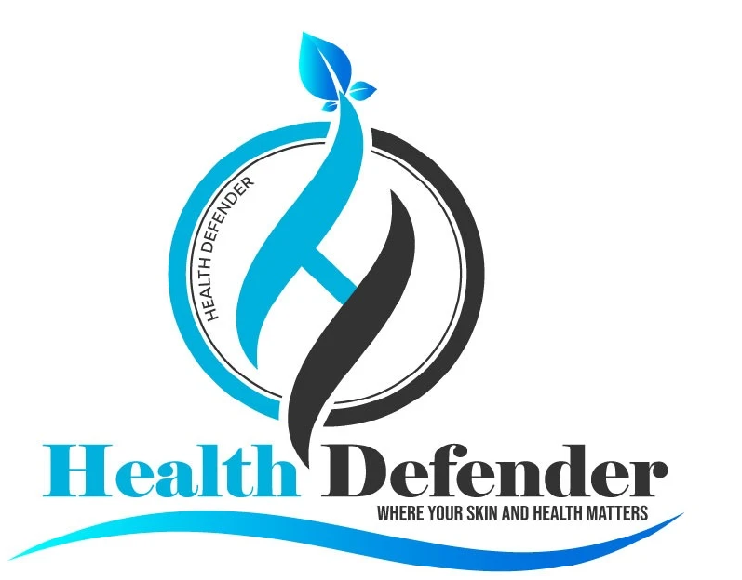



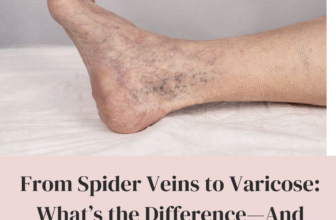
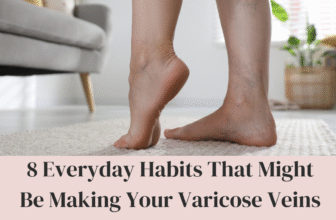

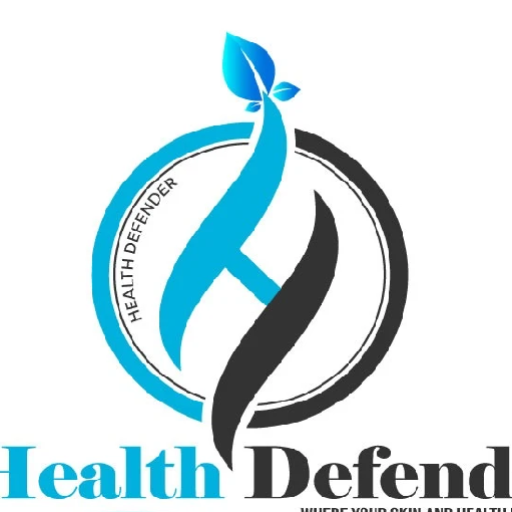
[…] You May Also Like: Always Tired? It Might be a Vitamin D Deficiency […]
[…] A Must Read: Always Tired? It Might be a Vitamin D Deficiency […]
[…] A Must Read: Always Tired? It Might be a Vitamin D Deficiency […]